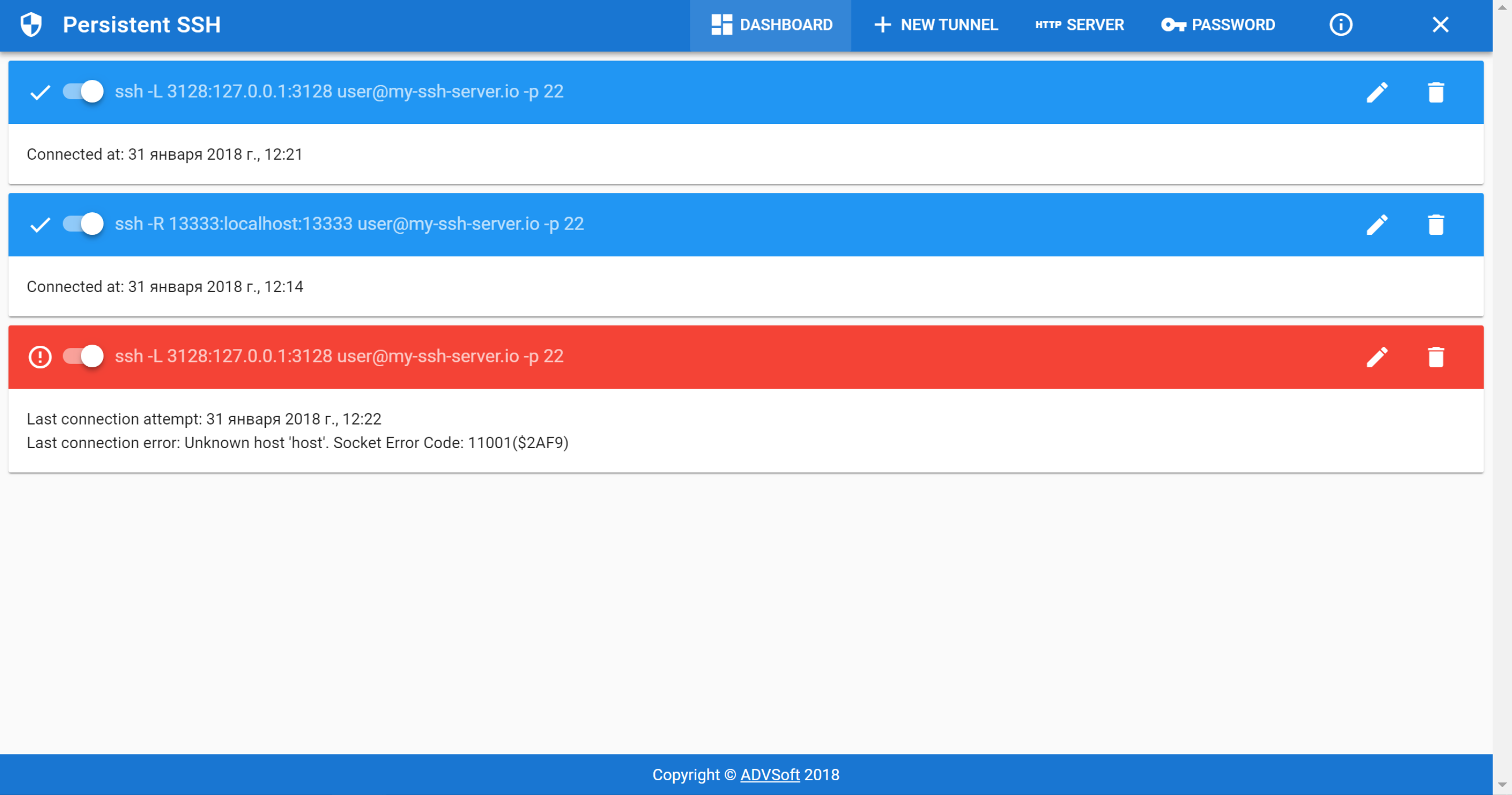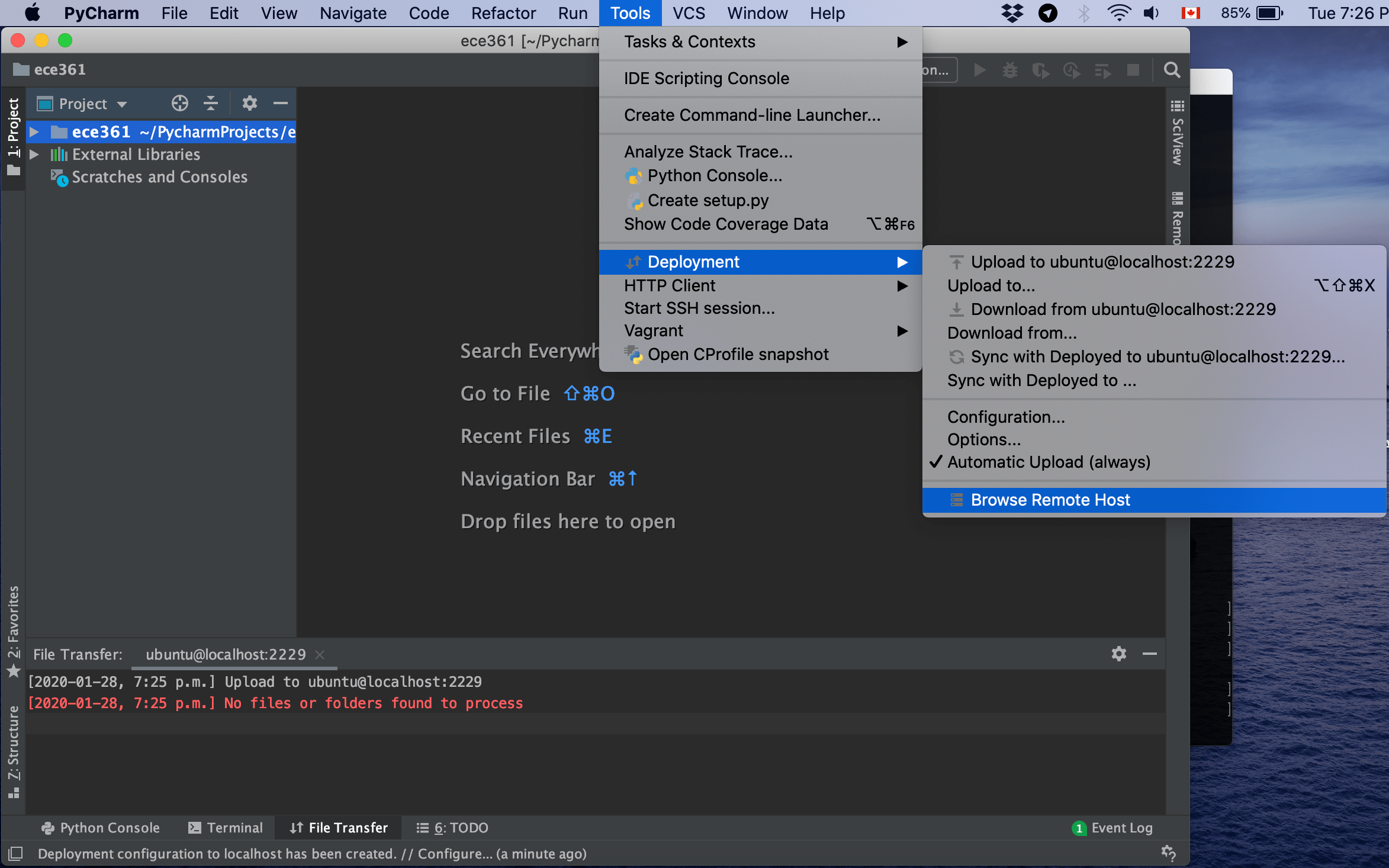
- Pycharm ssh tunnel how to#
- Pycharm ssh tunnel update#
- Pycharm ssh tunnel pro#
- Pycharm ssh tunnel windows 7#
If you need help with setting up a bastion instance, this guide can help you. Setting this up with bastion requires a little bit more work and knowledge about AWS. It will run in the background.Īnd that’s almost all the setup we need.
Pycharm ssh tunnel pro#
If you want to add a fixed remote_addr to have the stable address to connect to (you’ll need a pro account for this), you can change it in the config file.Īlso, if the tunnel ever closes (connections can drop), you can start the tunnel again by running start-ssh-ngrok in your SageMaker terminal. The ngrok config is located in /home/ec2-user/SageMaker/.ngrok/config.yml. That just made sure that ngrok starts every time the notebook instance starts, with your authentication token. on-start Content="$((cat on-start.sh)| base64)"
Pycharm ssh tunnel update#
# update the lifecycle configuration config with updated on-start.sh scriptĪws sagemaker update-notebook-instance-lifecycle-config \ # attaching lifecycle configuration to the notebook instanceĮcho "Attaching configuration $CONFIGURATION_NAME to $\"" > on-start.sh on-create Content=$(echo '#!/usr/bin/env bash' | base64) on-start Content=$(echo '#!/usr/bin/env bash'| base64) \ notebook-instance-lifecycle-config-name "$CONFIGURATION_NAME" \ # there is no attached configuration name, create a new oneĮcho "Creating new configuration $CONFIGURATION_NAME."Īws sagemaker create-notebook-instance-lifecycle-config \ If you know there is one and you know the name, you can just fill INSTANCE_NAME and CONFIGURATION_NAME variables and skip the rest. Stop your notebook instance (and wait for the instance to stop)Ĭopy the following script into your terminal (on your computer, not SageMaker). If there is no configuration, we will create a new one with the name “better-sagemaker” and configure the ssh in it. SageMaker SSH Prepare lifecycle configurationīefore we start with any specific setup, we have to make sure there is a lifecycle configuration attached to your notebook instance.


Pycharm ssh tunnel how to#
Like other SageMaker guides here, this one will show you how to set up SSH access to SageMaker notebook instances in just a few minutes. I use it every day and it’s super useful. Then you’ll ask AWS and figure out it’s not supported.

Or just access your GitHub repositories without leaving your private key lying around, accessible to anybody who has access to AWS console in your company. Or you’ll get stuck and want to connect a remote debugger with P圜harm or VsCode.

You’ll want to copy your notebook over with scp. : 2003: Can't connect to MySQL server on '127.0.0.If you’re using SageMaker as a development machine, you’ll need SSH access to notebook instances sooner or later. Then I try to connect through the MySQL-connector for Python as follow :Ĭnx=(user='yoann_builder', password='pass',host="127.0.0.1", port=3307) I use SSHTunnel () to setup the SSH-Tunnel as follow :
Pycharm ssh tunnel windows 7#
I am using windows 7 with Python 3.4 (with Pycharm) and try to acces a remote mySQL-database through SSH with a private key, just like it is working with MySQL-Workbench in the following picture :


 0 kommentar(er)
0 kommentar(er)
